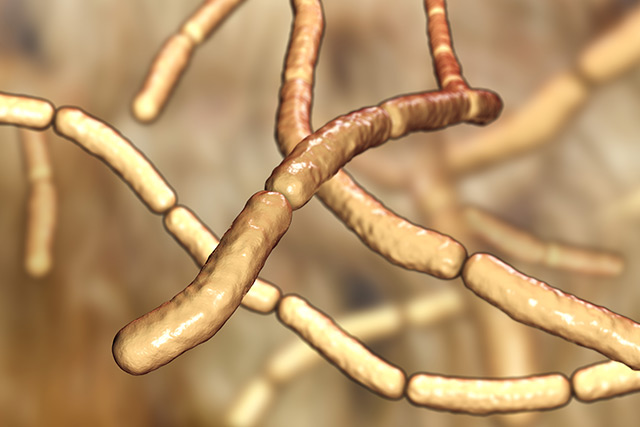Bug spray chemical can build up in your home and cause dizziness and brain function problems, scientists find
07/09/2017 / By Rhonda Johansson

Researchers have found that common household pesticides can persist in homes for up to a year. These results, calculated by the Society of Environmental Toxicology and Chemistry, displayed the longevity of toxic chemicals and how controlled lab experiments may not necessarily reflect real-life applications.
Lia Nakagawa, who was the lead author, noted that pyrethroids — a common pesticide used to repel flies, mosquitoes, bedbugs, lice, and wasps — displayed different breakdown mechanisms in lab and test environments. To test this theory, she and her team ran concurrent experiments, with one done in a controlled laboratory and the other in a test house. The team observed that the pesticides used in the controlled environment broke down more quickly compared to the test house scenario. In fact, Nakagawa saw that a scary 70 percent of cypermethrin, a pyrethroid pesticide, was evident in 90 percent of the homes based on dust samples collected from houses after one year.
Several key takeaways were recorded:
- When applied outdoors, pesticides break down far quicker due to environmental factors such as sunlight, rain, or microorganisms.
- Chemicals in pyrethroid pesticides adhere differently to cloth and wood compared to other outdoor surfaces.
- When spraying these pesticides at home, fewer applications are recommended. Long-term control of pests can still be achieved with less sprays.
- Extended exposure to these toxic chemicals increases the risk of developing conditions associated with chemical poisoning. Those most at risk are toddlers and household pets, who spend more time on the floor and are constantly picking up things and putting it in their mouths. (Related: Commonly used insecticides impair child brain development even at low exposure levels.)
Nakagawa and her team concluded that further research is necessary to effectively determine the precise relationship and distinction between pesticide application in both lab and real-life situations and their potential health effects.
Insecticide 101: On pyrethrins and pyrethroids
The United States Environmental Protection Agency (EPA) recognizes more than 3,500 registered insecticides whose main ingredients are either pyrethrins or pyrethroids. As the use of organophosphate pesticides declined, this “safer” alternative flourished. The chemicals have been studied to be less toxic to birds and mammals.
Pyrethrins are botanical insecticides derived from chrysanthemum which alter brain function in insects, leading to their eventual death. On the other hand, pyrethroids are synthetic chemical insecticides which mimic the chemical structures of pyrethrins and act in a similar manner. Pyrethroids have been modified for better stability in sunlight.
Health groups have stated that both pyrethrins and pyrethroids are not toxic to animals or humans, but can cause some side effects such as coughing and shortness of breath. Nevertheless, these conclusions were based on short-term exposure to the substance and did not evaluate that potential hazards of chronic persistence. A fact sheet released by the National Pesticide Telecommunication Network (NPTN) did caution the public that “effects of pyrethrins on human health and the environment depend on how much pyrethrins are present and the length and frequency of exposure. Effects also depend on the health of a person and/or certain environmental factors.”
Limiting your exposure
There are ways to limit your exposure to common insecticides and decrease your risk of developing any disease or illness. Listed below are some steps to consider, according to the Agency for Toxic Substances & Disease Registry (ATSDR):
- Store insecticides in dry, shaded areas to prevent potential damage to the can.
- Close windows and remain indoors while the neighborhood is being sprayed.
- Thoroughly wash fruits and vegetables before eating them.
- Ensure that children wash their hands before eating.
- Discourage children from eating dirt.
- If spraying inside the home, wait for half an hour and then make sure that enough ventilation is made so that excess toxins are carried by the wind.
Severe pyrethrin or pyrethroid exposure can be detected in blood and urine only after a few days after your last exposure. Unfortunately, these tests are not usually available at most local clinics.
Sources include:
Tagged Under:




















